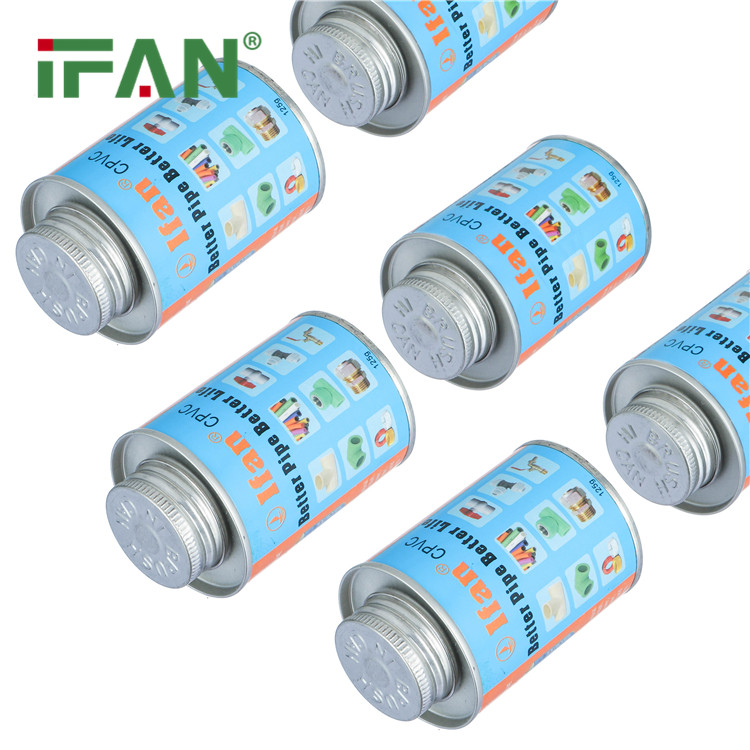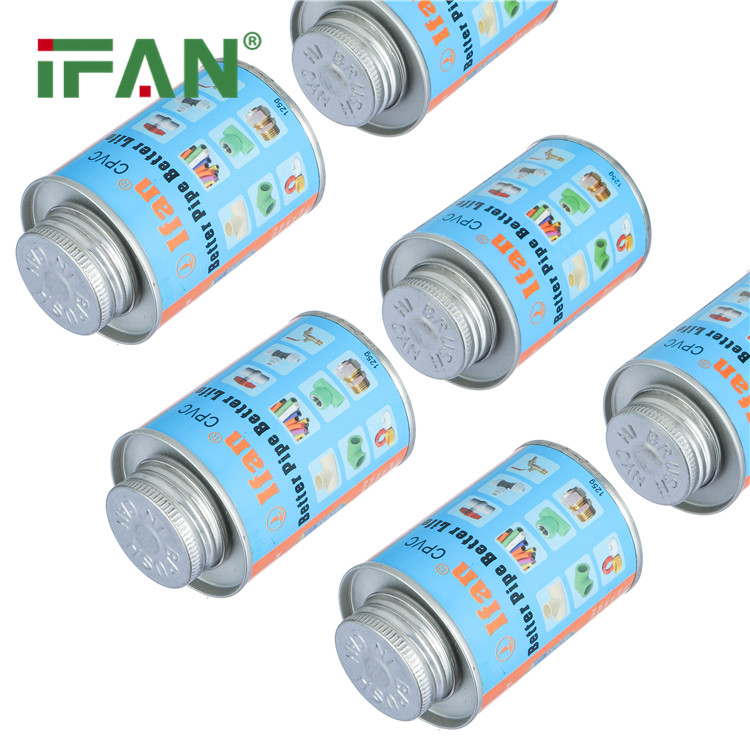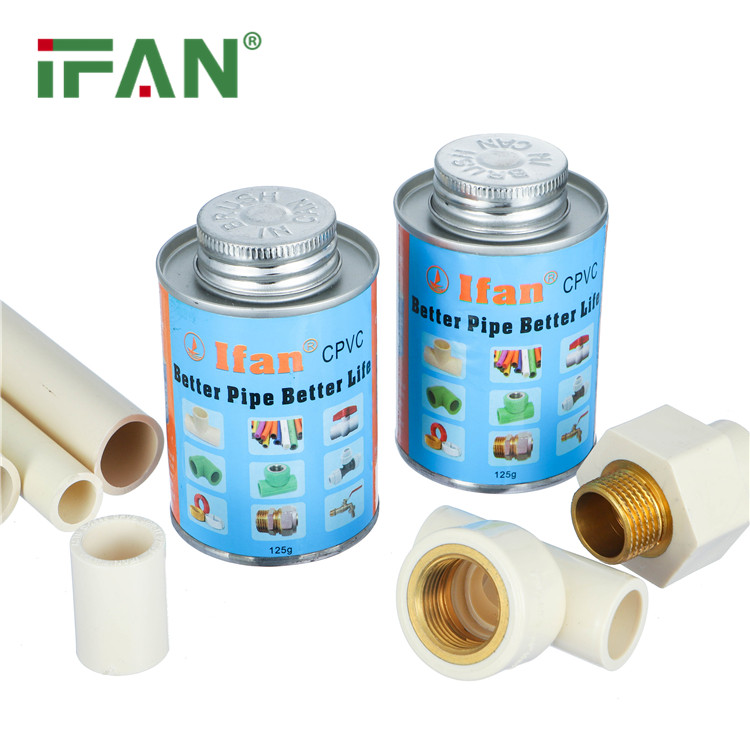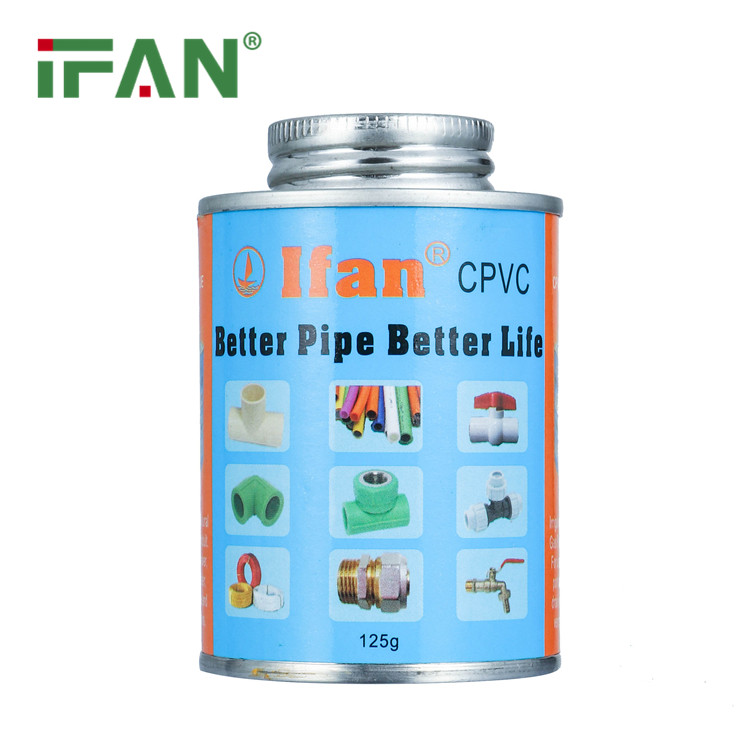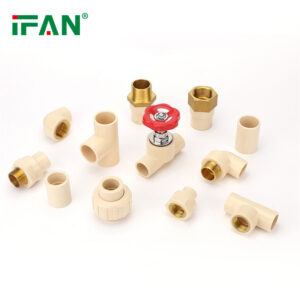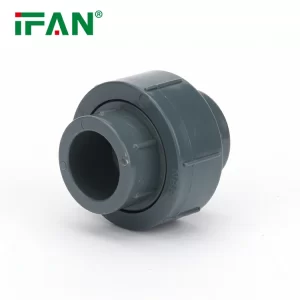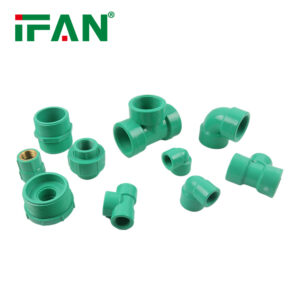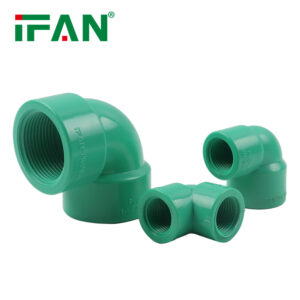Description
PVC glue, also known as PVC solvent cement or PVC adhesive, is a type of adhesive specifically designed for joining PVC (polyvinyl chloride) pipes and fittings. In this article, we will explore what PVC glue is, how it works, and its application process.
PVC glue is a solvent-based adhesive that is used to create a strong and durable bond between PVC pipes and fittings. It is commonly used in plumbing, irrigation systems, and other applications where PVC piping is used. PVC glue is typically available in liquid form and is applied to the surfaces of the PVC components to be joined.
The primary ingredient in PVC glue is a solvent, such as tetrahydrofuran (THF) or methyl ethyl ketone (MEK). These solvents work to dissolve the outer layer of the PVC, creating a chemical bond between the pipe and fitting. In addition to the solvent, PVC glue also contains resins and stabilizers that help to enhance the adhesion and ensure a reliable bond.
The application process of PVC glue is relatively straightforward. Here are the general steps involved:
Preparation: Before applying PVC glue, it is essential to ensure that the surfaces to be joined are clean and free from dirt, debris, and moisture. Use a clean cloth or sandpaper to clean the surfaces thoroughly.
Primer (optional): In some cases, a PVC primer may be recommended to improve the bond strength. The primer is applied to the surfaces first and helps to remove any contaminants and provide better adhesion. However, not all PVC gluing applications require a primer, so it is essential to follow the manufacturer’s instructions.
Glue application: Once the surfaces are prepared, apply a thin coat of PVC glue to both the pipe and the fitting. Use the applicator brush or a dauber to spread the glue evenly over the surface. It is important not to overapply the glue, as excess glue may result in a weaker bond.
Assembly: After applying the glue, quickly join the pipe and fitting together. Twist and push the components together firmly to ensure a proper connection. It is crucial to align the pipe and fitting correctly as PVC glue sets quickly, and adjustments after joining may be difficult.
Curing: Once the components are joined, allow the PVC glue to cure. The curing time can vary depending on the temperature and humidity. It is recommended to wait at least 24 hours before subjecting the joint to pressure or stress.
PVC glue creates a chemical bond between the PVC surfaces, resulting in a strong and leak-free connection. However, it is important to note that PVC glue should only be used for PVC pipes and fittings, as it may not provide the same level of adhesion for other materials.
When working with PVC glue, it is crucial to follow safety precautions. PVC glues contain solvents that can be harmful if inhaled or come into contact with the skin. It is recommended to work in a well-ventilated area and wear protective gloves and goggles.
PVC glue is a solvent-based adhesive used for joining PVC pipes and fittings. It creates a chemical bond between the PVC surfaces, ensuring a strong and durable connection. By following the proper application process and safety precautions, PVC glue can provide reliable and leak-free joints in various plumbing and irrigation applications.
Related products
-
CPVC ASTM2846
Revolutionizing Fluid Control: CPVC Fitting Valve
-
PVC
UPVC Elbow


